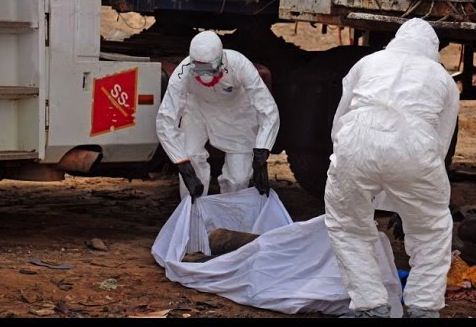A new study provides strong evidence that the experimental drug given to two American aid workers stricken with Ebola in Africa really works and could make a difference in the current outbreak if more of it could be produced.
In the study, all 18 monkeys exposed to a lethal dose of the Ebola virus survived when given the drug, known as ZMapp, even when the treatment was started five days after infection, when the animals were already sick.
Even those suffering the most severe symptoms – such as rashes, liver dysfunction and haemorrhaging – and that were just hours from death, survived after being given the drug.
No other experimental treatment for Ebola has ever shown success in primates so long after infection. For a monkey, five days after infection, is the equivalent of 9-11 days in humans.
Three monkeys which were not treated with ZMapp, which is produced by San Diago-based Mapp Biopharmaceutical, died by day eight of the trial.
“The level of improvement was utterly beyond my honest expectation,” said one study leader, Gary Kobinger of the Public Health Agency of Canada in Winnipeg.
In a commentary published by Nature, virologist Thomas Geisbert of the University of Texas Medical Branch, described the results as a “monumental success”.
But worldwide fears have been raised that the drug is facing a shortage, and the company has no more doses of ZMapp, which is grown in tobacco plants and takes several months to produce.
The final doses were given to seven people infected with Ebola in recent weeks, including two American aid workers, who survived, and a Liberian doctor and a Spanish priest, who both died despite being given the drug.
According to WHO, 1,552 people of the 3,069 confirmed Ebola cases, have died so far. They also say there could be as many as 20,000 cases before the virus is brought under control.
It comes as researchers revealed the outbreak may have started at a funeral in Sierre Leone.
Presently there is no approved vaccination or treatment for Ebola patients, beyond keeping them hydrated and nourished.
Agencies/Canadajournal
 Canada Journal – News of the World Articles and videos to bring you the biggest Canadian news stories from across the country every day
Canada Journal – News of the World Articles and videos to bring you the biggest Canadian news stories from across the country every day



